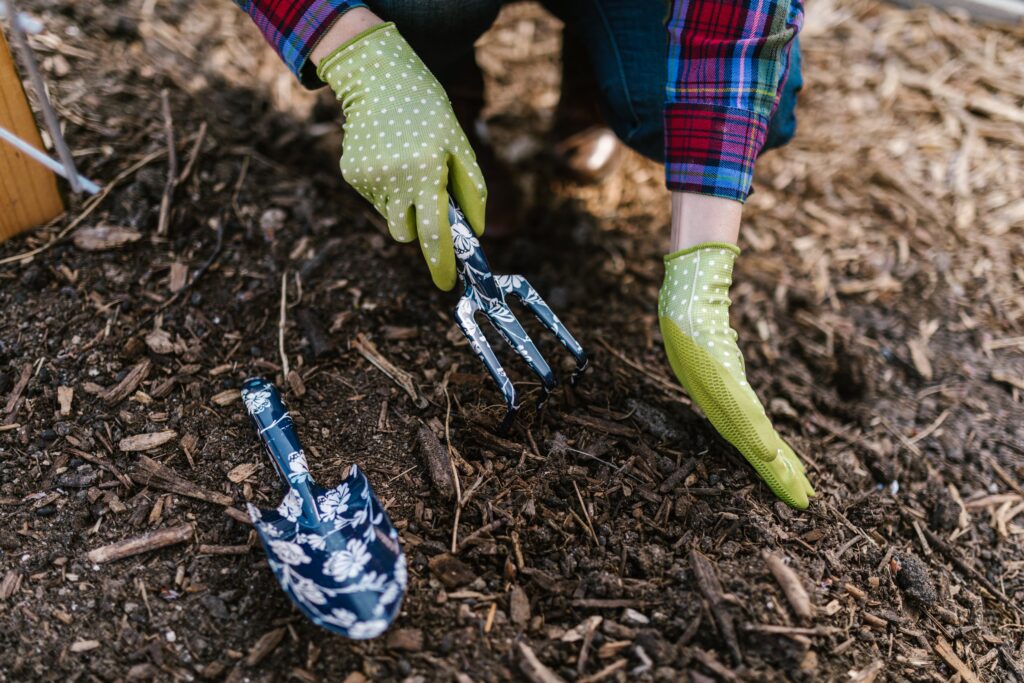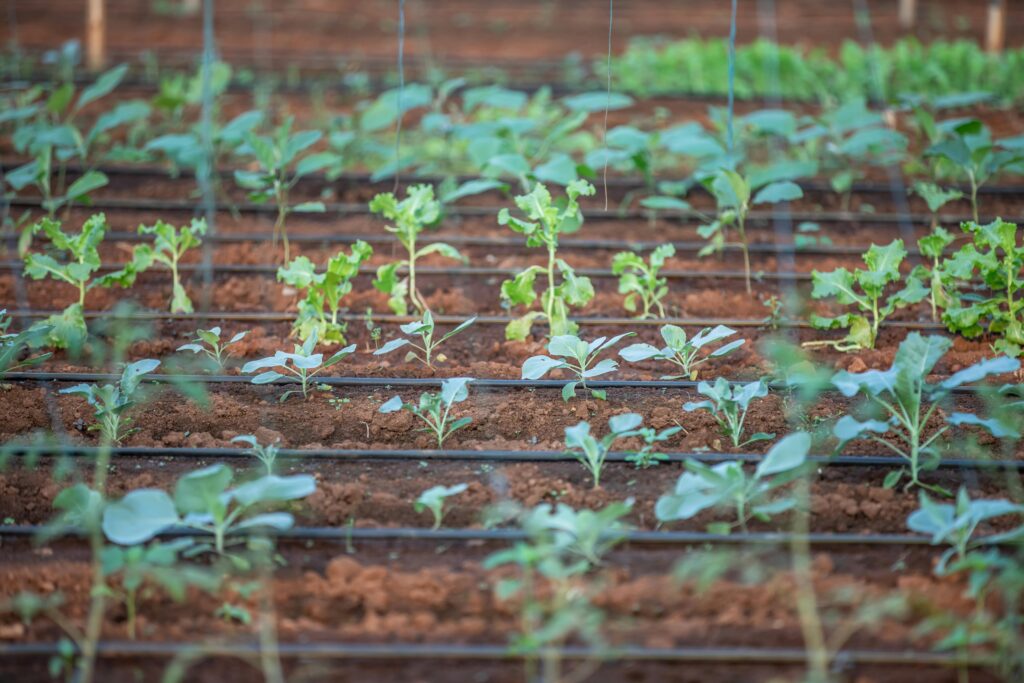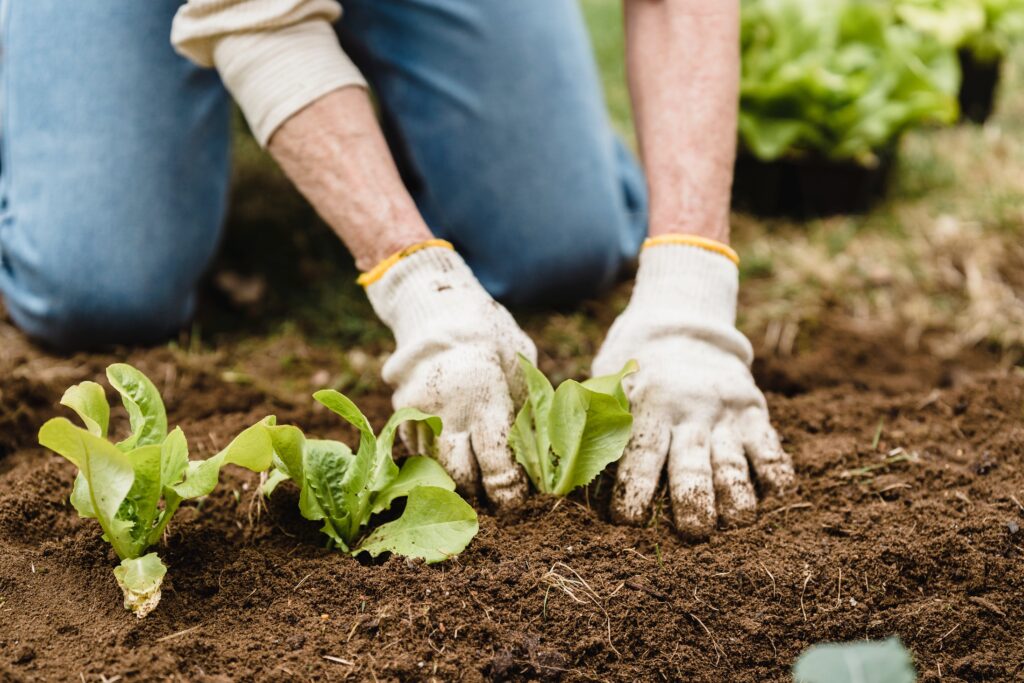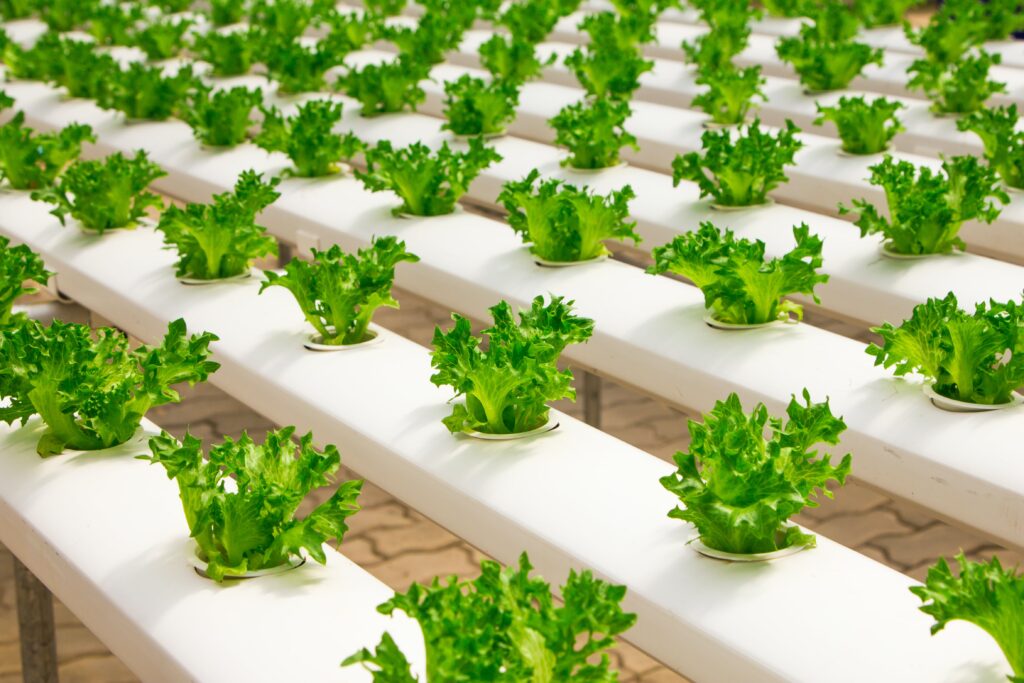
Introduction:
Embarking on the journey of cultivating your own vegetable or herb garden is not merely a pastime; it’s a deeply rewarding and sustainable endeavor. Beyond the joy of nurturing life and witnessing the growth of your own food, it’s a decisive step towards embracing a greener and more self-sufficient lifestyle. In this extensive guide, we won’t just scratch the surface; we’ll delve deep into the intricacies, meticulously walking you through the essential steps. By the end, you’ll be not only well-equipped but also inspired to create and maintain a thriving vegetable or herb garden right in your backyard.
The Vital Role of Choosing the Right Location:
Selecting the optimal location for your garden is paramount to its success. This is not just about finding a sunny spot; it’s about understanding the nuances that make certain areas more conducive to plant growth. Choose a sunny spot where most vegetables and herbs thrive. Ensure that the soil has excellent drainage to prevent waterlogged roots and promote robust plant growth. Additionally, consider proximity to a water source for convenient irrigation, contributing to the overall health of your garden.
Strategic Garden Layout Planning:
Efficiently organizing your garden layout is crucial for seamless planting and harvesting. Let’s go beyond the basics of organized beds or rows. Dive into the art of designing your garden space, making it both functional and aesthetically pleasing. Divide your garden into organized beds or rows, simplifying the management of your plants. Grouping plants with similar water and sunlight requirements together fosters a harmonious environment. Elevate your gardening skills by employing companion planting strategies to enhance growth and naturally deter pests, promoting a thriving ecosystem within your garden.

The Vital Role of Choosing the Right Location:
Selecting the optimal location for your garden is paramount to its success. This is not just about finding a sunny spot; it’s about understanding the nuances that make certain areas more conducive to plant growth. Choose a sunny spot where most vegetables and herbs thrive. Ensure that the soil has excellent drainage to prevent waterlogged roots and promote robust plant growth. Additionally, consider proximity to a water source for convenient irrigation, contributing to the overall health of your garden.
Strategic Garden Layout Planning:
Efficiently organizing your garden layout is crucial for seamless planting and harvesting. Let’s go beyond the basics of organized beds or rows. Dive into the art of designing your garden space, making it both functional and aesthetically pleasing. Divide your garden into organized beds or rows, simplifying the management of your plants. Grouping plants with similar water and sunlight requirements together fosters a harmonious environment. Elevate your gardening skills by employing companion planting strategies to enhance growth and naturally deter pests, promoting a thriving ecosystem within your garden.

Selecting Vegetables and Herbs Wisely:
Begin your gardening journey with more than just the basics. Explore the world of vegetables and herbs beyond tomatoes, basil, mint, and green beans. While these are excellent choices for beginners, let’s expand your horizons. Consider the unique climate of your locality and the specific needs of each plant. Delve into the fascinating realm of heirloom varieties, not just for their unique flavors but also for the rich history and characteristics they bring to your garden.

The Art and Science of Preparing the Soil:
Understanding and preparing your soil is a foundational step in successful gardening. We’re not just talking about a simple soil test; we’re delving into the intricacies of soil composition and pH levels. Learn the art of amending the soil with organic matter like compost or well-rotted manure, enriching its fertility. But let’s not stop there – discover the aesthetic benefits of applying a layer of mulch on the soil surface. It’s not just about retaining moisture and suppressing weeds; it’s about contributing to the overall health and beauty of your garden bed.

Mastering the Planting Process:
Planting goes beyond following recommended depths and spacing. For regions with shorter growing seasons, let’s explore the nuances of starting seeds indoors and the art of transplanting seedlings when they are not just sturdy but flourishing. Learn the delicate dance of watering newly planted seeds or seedlings – an art that goes beyond avoiding soil disturbance; it’s about nurturing life with care and precision.

Providing Adequate Water and Care with Finesse:
Consistent and adequate watering is not just a routine; it’s an essential act of care for the well-being of your plants. This goes beyond aiming for the base of the plants to keep foliage dry; it’s about preventing diseases and fostering a healthy environment. Establish not just a watering schedule but a ritual, especially during dry periods, ensuring your plants receive not just hydration but the kind of care that nurtures growth. And let’s explore the art of mulching around plants – it’s not just about retaining soil moisture and reducing weed competition; it’s about creating a microcosm of thriving life.
Meticulous Pest and Disease Management:
Regular inspections for signs of pests or diseases are not just tasks; they are opportunities to connect with your garden. Embrace not just natural pest control methods but a holistic approach. Companion planting and introducing beneficial insects are not just strategies; they are the guardians of your garden’s well-being. Promptly removing affected plants is not just prevention; it’s an act of preserving the overall health of your garden ecosystem, ensuring its resilience.
The Art of Harvesting Your Bounty:
Following recommended harvesting times is not just a chore; it’s the culmination of your efforts. Utilizing sharp and clean tools is not just about avoiding damage; it’s about treating your plants with respect. Reveling in the fruits (and herbs) of your labor is not just a celebration; it’s a moment of gratitude and connection. Whether you incorporate them into your meals or share the abundance with friends and neighbors, it’s not just consumption; it’s a sharing of the life you’ve nurtured.

Conclusion: Cultivating a Thriving Garden – A Sanctuary of Life:
Embarking on the journey of cultivating your vegetable or herb garden is an enriching experience that goes beyond the physical act of gardening. It establishes a profound connection with the cycles of nature and nurtures not just plants but a sustainable source of nourishment and joy. By diligently following these fundamental steps, you are not just poised to cultivate a thriving garden – you are creating a sanctuary of life that you’ve not just tended but cherished, from seed to plate. Get ready to savor the satisfaction of growing your own food and relishing the flavors of a garden that mirrors not just your dedication but your profound care. Happy gardening!